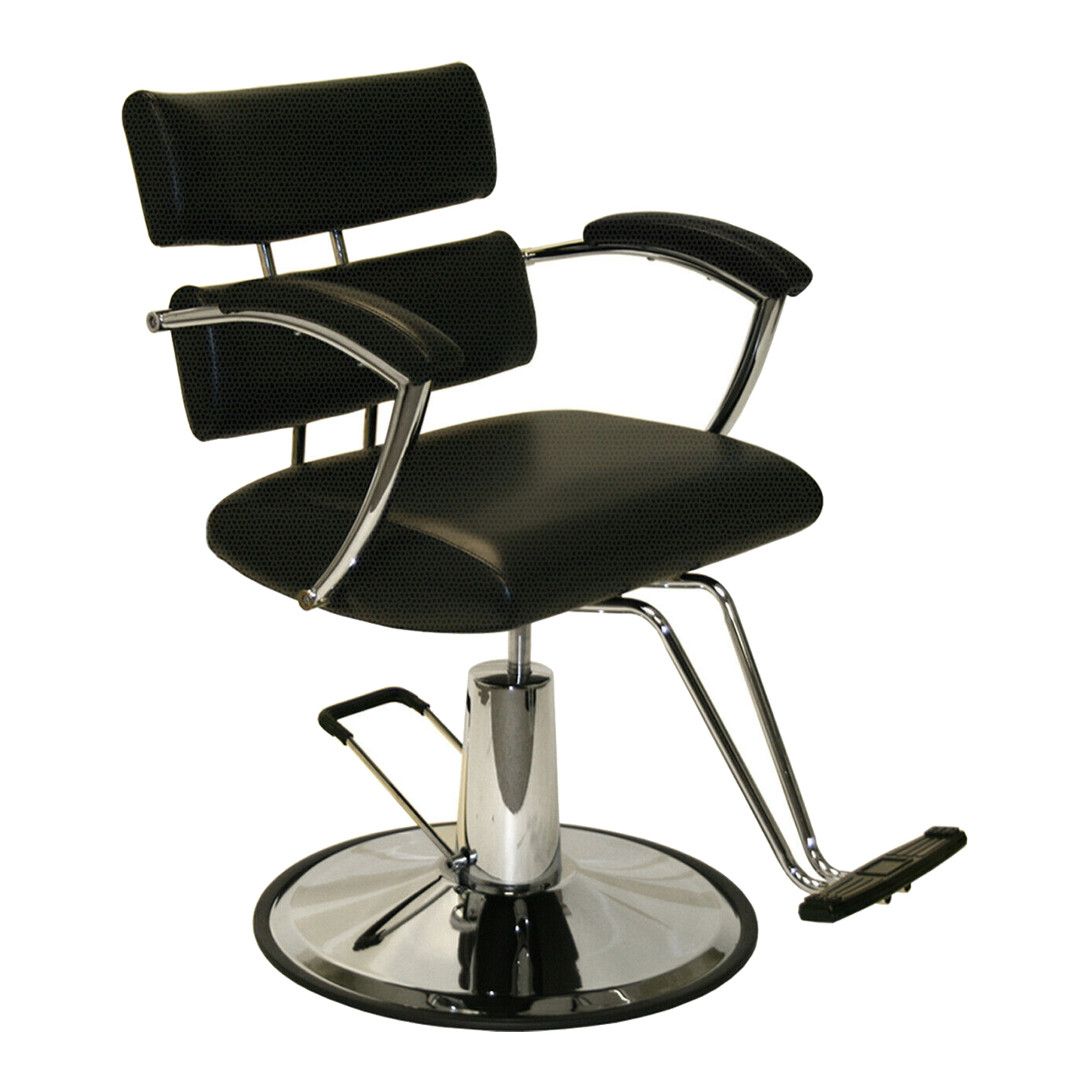Structural-insulated panels are popular in the construction industry because of their efficiency, durability, and energy-saving features. These prefabricated sheets, composed of a foam insulation core sandwiched between structural facings, can be produced in factories under controlled conditions before being shipped to construction sites. SIP panel manufacturers processes can help us better understand their contribution to more durable, efficient, and sustainable construction.
- The Design Phase: Tailoring Panels To Project Specifications
SIP panels go through a design phase tailored to a specific project. Engineers collaborate with designers to produce detailed plans outlining the dimensions needed, the layout, and the type of core insulation used. SIPs may be used for walls, ceilings, or floors. The thickness, size of panels, and type of insulation can all be customised based on structural and thermal demands.
SIPs have a higher level of customisation, which is particularly valuable for spaces needing regulated temperatures, such as laboratories and cold storage. The design stage ensures each SIP meets the unique requirements of the structure. It also provides an ideal fit for installation, reducing the need for modifications on-site.
- Core Material Choice: Insulation & Structural Performance
The material used for the panel’s core is chosen after the design phase. This material has a major impact on the panel’s structural and thermal performance. SIP cores include expanded polystyrene (EPS), extruded styrene (XPS), and polyurethane (PUR). Each material has different properties. EPS is a cost-effective material that provides good thermal insulation.
Metal insulation panels benefit from a metal exterior facing, which improves durability and fire resistance, particularly for industrial and business applications. SIPs have a core and a facing chosen to maximise their structural integrity and insulation capacity.
- Sandwich Structure Created By Laminating Panel
SIP panels go through the lamination process after the core material is prepared. Lamination involves bonding the insulating inner core with two structural outer facings. SIPs are made rigid and strong by this “sandwich.” The structural face is usually made from fibre cement, metal, or oriented strand board (OSB). OSB can be found in many residential and light commercial buildings. It is strong, lightweight, and contributes significantly to the panel’s capacity for bearing loads.
The core material and facing are pressed with high-pressure machines and adhesives during the lamination process. The adhesive is selected to provide an extremely durable bond and ensure the panel remains intact under pressure. The lamination process takes place in a factory with a tightly controlled environment. Because temperature, pressure, and humidity can all affect the adhesive, it is important to conduct this step under controlled conditions. This step of the manufacturing process will ensure that a SIP Panel is durable and reliable.
- Quality Control & Testing: Ensure Durability And Strength
SIP panels undergo rigorous quality checks and tests after lamination. These tests ensure they meet all industry standards, including durability, insulation, and strength. For example, quality checks may include stress tests for the panel, thermal performance assessment, and dimensional measurements to check its strength and fit. Maintaining a high standard of manufacturing is necessary to achieve consistent quality. Any flaws or inconsistent results could negatively impact the panel’s performance.
Quality control is essential for controlled environment panels. These panels must have consistent insulation performance to prevent temperature fluctuation that can impact the functionality of clean rooms and cold storage areas. SIP panel quality is tested during manufacturing to ensure all panels meet stringent requirements.
- Cutting And Customizing: Preparing Panels For Installation
SIPs are then customised after quality testing according to the specifications outlined in the design phase. This step involves cutting out windows, doors, electrical outlets, or moulding panels to fit architectural details. Precision is key since accurately sized panels save time and energy during installation.
SIPs intended for use as Metal Insulated Panels can also be modified by adding fireproofing materials or strengthening components for heavy-duty use. Metal-faced metal insulated panels (SIPs) are often custom-made with protective coatings for corrosion resistance, which is especially useful in environments with high humidity.
Conclusion
SIP panels can be manufactured in various ways, including on-site assembly. The process highlights their efficiency and precision, making them an ideal choice for construction. Manufacturers produce panels under controlled environments to create energy-efficient and durable building components. SIPs come in a wide range of options, including Metal insulated panels and variations for controlled environments. If you’re building a house, commercial building, or special facility, SIPs provide an alternative that is reliable, cost-effective, and sustainable to traditional building materials.
For the latest updates and information, keep checking SimpCity.








